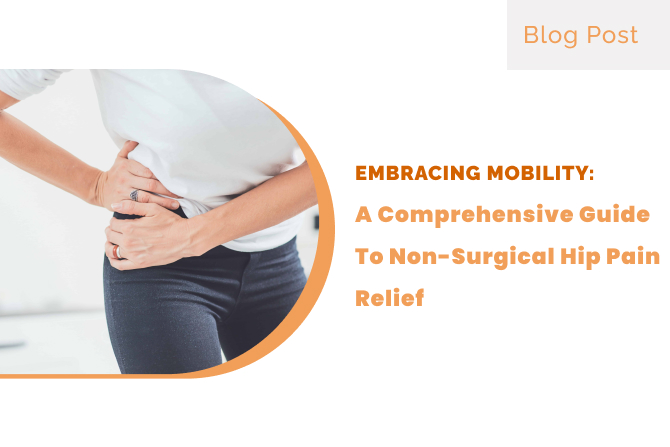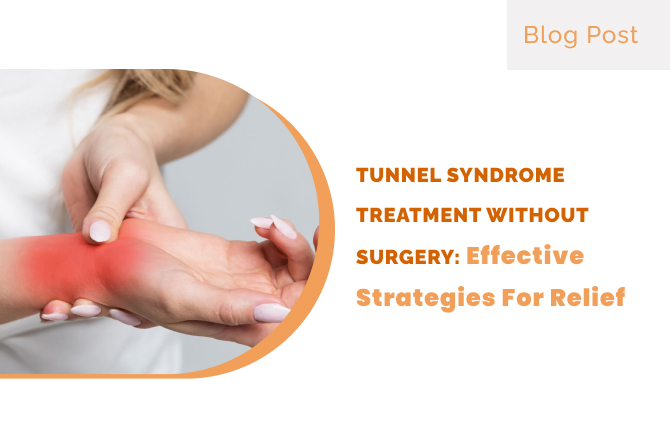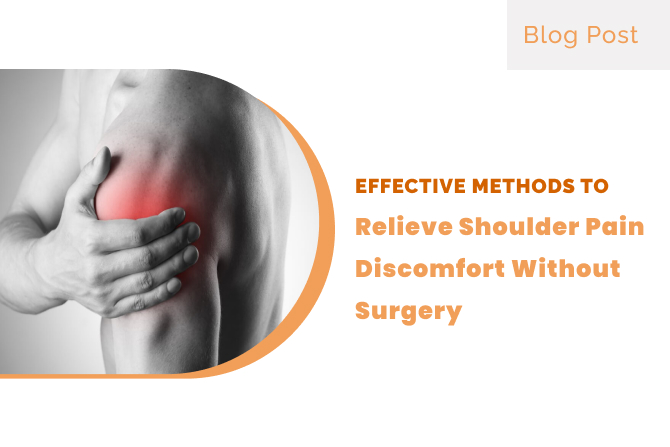The Ancient Art of Acupuncture: A Modern Approach to Pain Management

Acupuncture in Pain Management
Acupuncture Overview
What exactly is Acupuncture?
At the heart of acupuncture lies the concept of Qi, the vital energy that flows through meridians or pathways in the body. According to TCM philosophy, disruptions or blockages in Qi flow lead to illness and pain. Acupuncture aims to restore balance and amicability by unblocking these pathways, promoting the body’s natural healing agents. Each acupuncture point corresponds to specific organs, functions, or body systems, and fostering these points can alleviate pain and improve overall well-being.
Mechanisms of Action
Modern scientific research has shed light on the physiological mechanisms behind acupuncture’s effectiveness. Inserting needles into acupuncture points triggers diverse responses in the body, including the release of neurotransmitters such as endorphins, which are natural pain-relieving chemicals. Acupuncture also modulates the activity of the nervous system, relieving pain signals sent to the brain and promoting relaxation. Additionally, acupuncture may improve blood circulation to affected areas, facilitating tissue repair and decreasing inflammation.
Evidence-Based Benefits
Multiple research studies have consistently shown the effectiveness of acupuncture in managing a wide range of pain conditions, encompassing both acute and chronic cases. Notably, acupuncture has been proven to provide significant relief for conditions including but not limited to lower back pain, osteoarthritis, migraines, fibromyalgia, and postoperative pain. In a few instances, acupuncture has shown similar efficacy to conventional treatments, while boasting a remarkably reduced incidence of adverse effects and a diminished likelihood of reliance on pain medications. Furthermore, acupuncture is often employed as an integral component of a comprehensive pain management approach, synergistically complementing other therapeutic interventions such as physical therapy, pharmacotherapy, and lifestyle modifications.
Acupuncture in Pain Management
One of the essential advantages of acupuncture is its versatility in addressing different types of pain. Whether it’s musculoskeletal pain, neuropathic pain, or visceral pain, acupuncture can be customized to target specific symptoms and underlying imbalances. Moreover, acupuncture treatments are personalized to each individual, taking into their medical history and preferences. This comprehensive approach not only addresses the physical manifestations of pain but also considers the emotional and psychological factors that contribute to the patient’s experience.
The Role of Acupuncture Practitioners
Accomplished acupuncturists undergo rigorous training to proficiently and securely administer acupuncture therapies. They possess an extensive comprehension of Traditional Chinese Medicine (TCM) principles, alongside comprehensive knowledge of anatomy, physiology, and techniques for precise needling. Throughout an acupuncture session, the practitioner performs a comprehensive evaluation to ascertain the fundamental source of the patient’s discomfort and formulate a tailored blueprint for treatment. This may encompass a sequence of acupuncture sessions, accompanied by personalized lifestyle suggestions, dietary modifications, and herbal supplements to facilitate the process of recuperation and deter the reoccurrence of pain.
Safety and Side Effects
- minor bruising
- soreness at the needle insertion sites
- rare instances of infection or organ puncture
Conclusion
In conclusion, acupuncture offers a time-tested approach to pain management that is both effective and holistic. The therapy is a natural healing resource; acupuncture addresses pain at its source while promoting overall health and well-being.
Incorporating acupuncture into pain management protocols not only expands treatment options but also empowers patients to take an active role in their healing journey. As research continues to elucidate the mechanisms of acupuncture and its clinical applications, the ancient art of acupuncture remains a valuable tool in the modern healthcare landscape.




